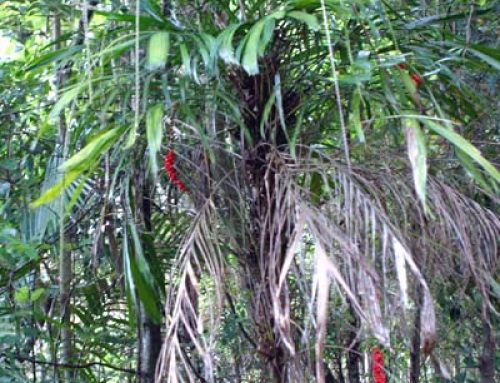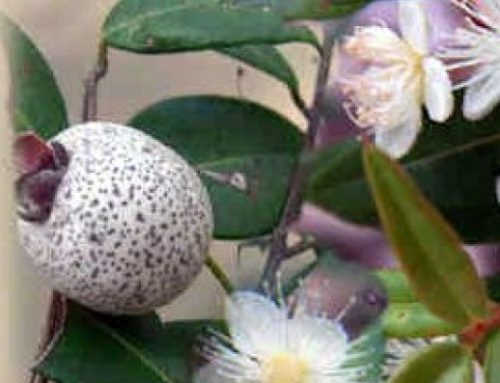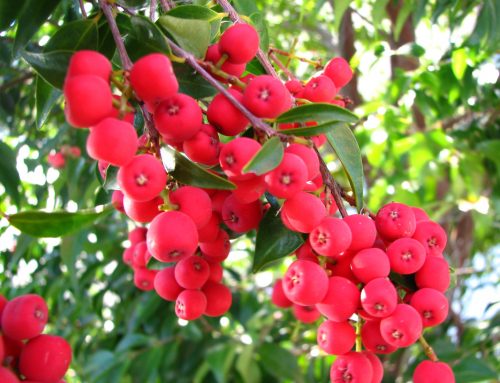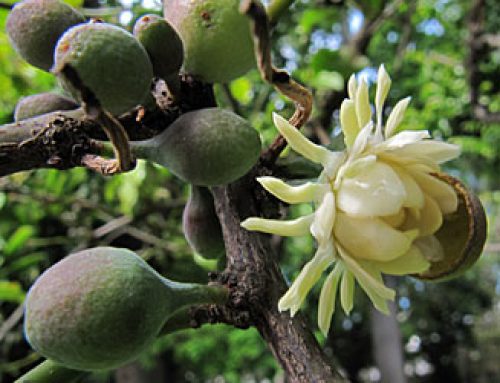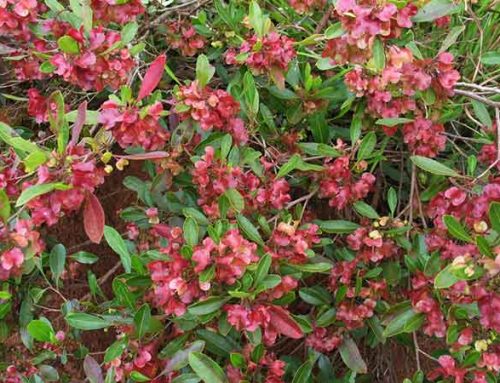Botanical Name: Banksia spp
Description
There are 173 Banksia species, and all but one occur naturally only in Australia. Banksias were named after Sir Joseph Banks (1743-1820 ), who, in 1770, was the first European to collect specimens of these plants.
In recent years the genus Dryandra has been incorporated into the genus Banksia
A number of Banksia cultivars have also been developed.
The flower heads are made up of hundreds (sometimes thousands) of tiny individual flowers grouped together in pairs. The colour of the flower heads usually ranges from yellow to red. Many species flower over autumn and winter.
The fruits of banksias (called follicles) are hard and woody and are often grouped together to resemble cones (which they are not true cones are produced only by conifers).
The fruits protect the seeds from foraging animals and from fire. In many species the fruits will not open until they have been burnt or completely dried out.
Aboriginal name Gunai/Kurnai . Nectar was extracted from flower heads to make a sweet drink. Often mixed with wattle gum.

